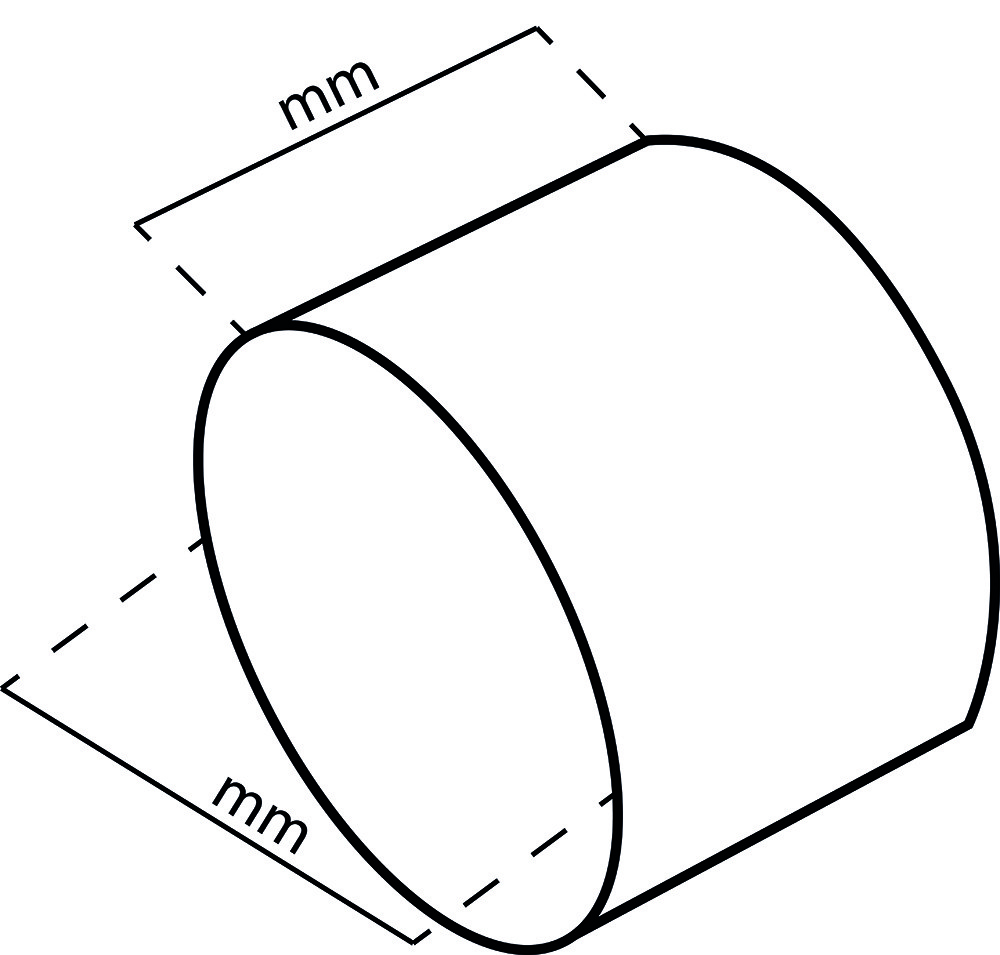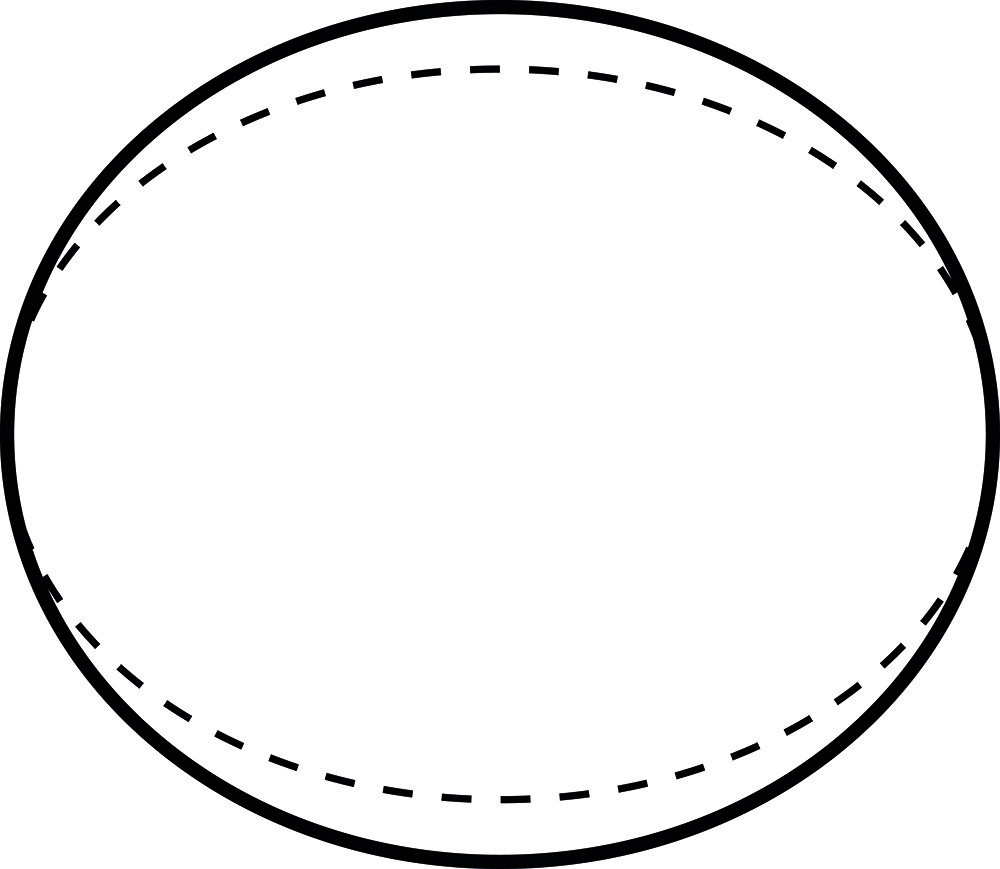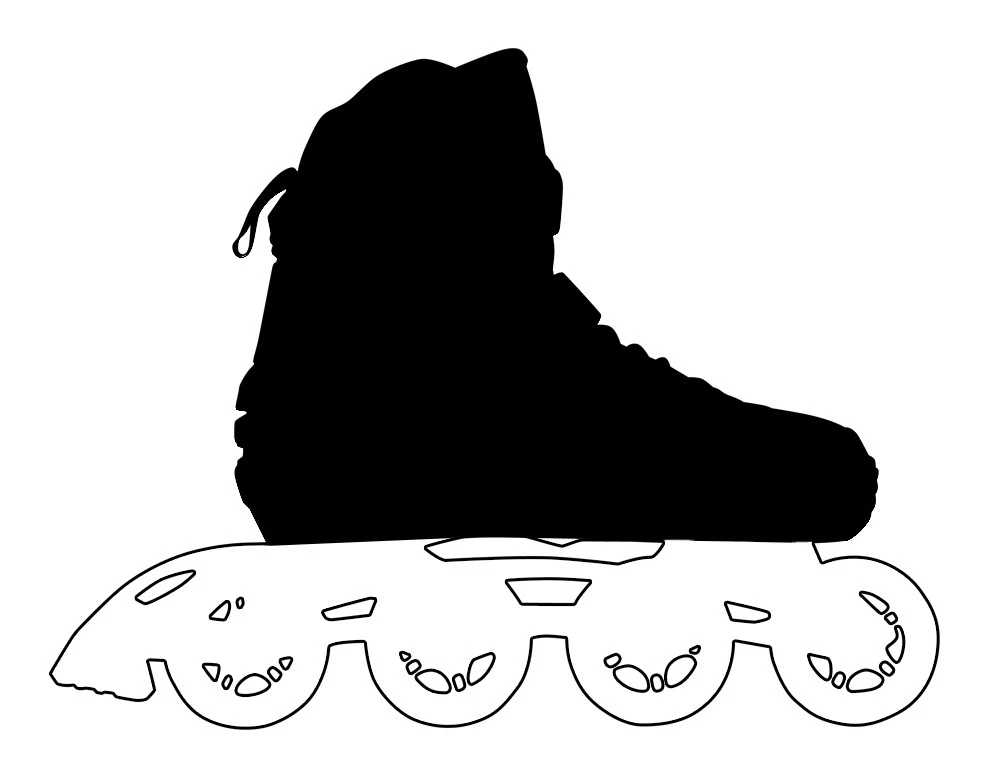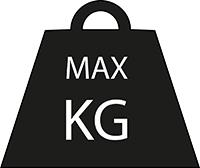Wheelsize:
The size of the wheels on a pair of rollerskates is a very important thing to have in mind when you wish to buy a pair. Smaller wheels are easier to maneuver and therefore provides a greater control. Larger wheels are far more durable and keeps up speed better too. Before choosing a wheelsize, you might want to consider how far you want to roll. If you are going on a long trip, bigger wheels are an definit advantage because they keep the pace high and therefor save you some energy. On a shorter trip however, small wheels are smarter because they are easier to maneuver as well as stop. The wheel size depends on the actual rollerskate and what it is used for. In freestyle you often see small wheels, while hockey players use medium sized wheels and then you see big wheels in race rolling and freeride.
Bearings:
The bearings are the things that makes the wheels on your rollerskates spin and roll. The quality of the bearings are divided in ABEC-values, and the higher the value, the better the quality. ABEC-5 is the standard bearings. You can get both better and worse quality bearings than these. You usually use ABEC-7, -9 or -11 on a pair of rollerskates, where ABEC-11 is the best. A pair of rollerskates use 16 bearings.
Wheel hardness:
The hardness of your rollerskates wheels is measured on the durometer scale, which goes from 0-100 A. 100 A is here the absolute hardest. Harder wheels have a great durability and quickly gains speed. Softer wheels are worn down faster, but a lot more stable than hard wheels.
Frame material:
The material of the frame on the rollerskates are typically made of aluminum or plastic. An aluminum frame is very durable and stiff and does not cause as much friction as a plastic one. The plastic frame is not near as durable as the aluminum frame is, but it is cheaper.
Boot material:
This is the outer layer of the rollerskate boot. Leather is some of the finest material a boot can be made of and it is also very durable. A leather boot is also the most comfortable. A boot of plastic is also durable and weighs less as well. It provides better stability and control because the material is harder, but is not as comfortable as leather. Some boots are made of mesh, which is used to minimize the heat a bit.
Weight:
This is the total weight of the rollerskates. Lighter rollerskates are easier to maneuver with than heavier rollerskates, which can come in handy when rolling along the streets. However, because of that lighter rollerskates are typically more expensive than the heavier rollerskates.
Skill level:
Shows the recommended skill level for skating with the specific skates.
Recommended for:
Shows what type of skating this product is recommended for. It could be speedskating, roller hockey, normal fitness skating or another type of activity on the skates.
Liner material:
The liner material is the material the inside of your skate is made of. Breathable materials help minimize the heat generated in your skates, and soft materials like foam, improves the comfort in the skates.
Closure:
The closure system on your skates is crucial in the skate’s stability and fit. The classic closure setup includes laces from the toes to the top, a power strap in the middle of the skates and an adjustable buckle at the top.
Brake:
Shows if there is a including break, and if it's in the front of the skates or in the back of the skates.
Cuff:
The cuff on your skates plays an important role in keeping your foot stable. A high cuff will provide you with more stability, but you will lack flexibility. A mid cuff will still provide you stability bur will give you more flexibility, this is often seen in hockey skates and side by sides. A low cuff is normally seen in speedskating, where the cuff is very low, so you don’t have so much stability, but have the maximum flexibility around your ankles.
Boot type:
Boot type tells the construction of the outer shell of the skate. The outer shell has a big impact on the stability of the skates. We have two different kind of boot type, soft shell, and hard shell. A skate with a soft shell means often that its more comfortable and a hard shell will give more stability.
Frame type:
You can get different frame type, according to the use of the skates you need. The normal setup is called a flat frame and is where all the wheels are the same size. With the frame type High/Low is the wheels different sizes (those in the font is smaller), this helps you with lowering your center of gravity, and the smaller wheelbase also give you more manoeuvrability. Another typical setup is for aggressive skates if you like freestyle skating on ramps, this setup is with smaller wheels and a space between the two middle wheels so you can glide on the rails.





















